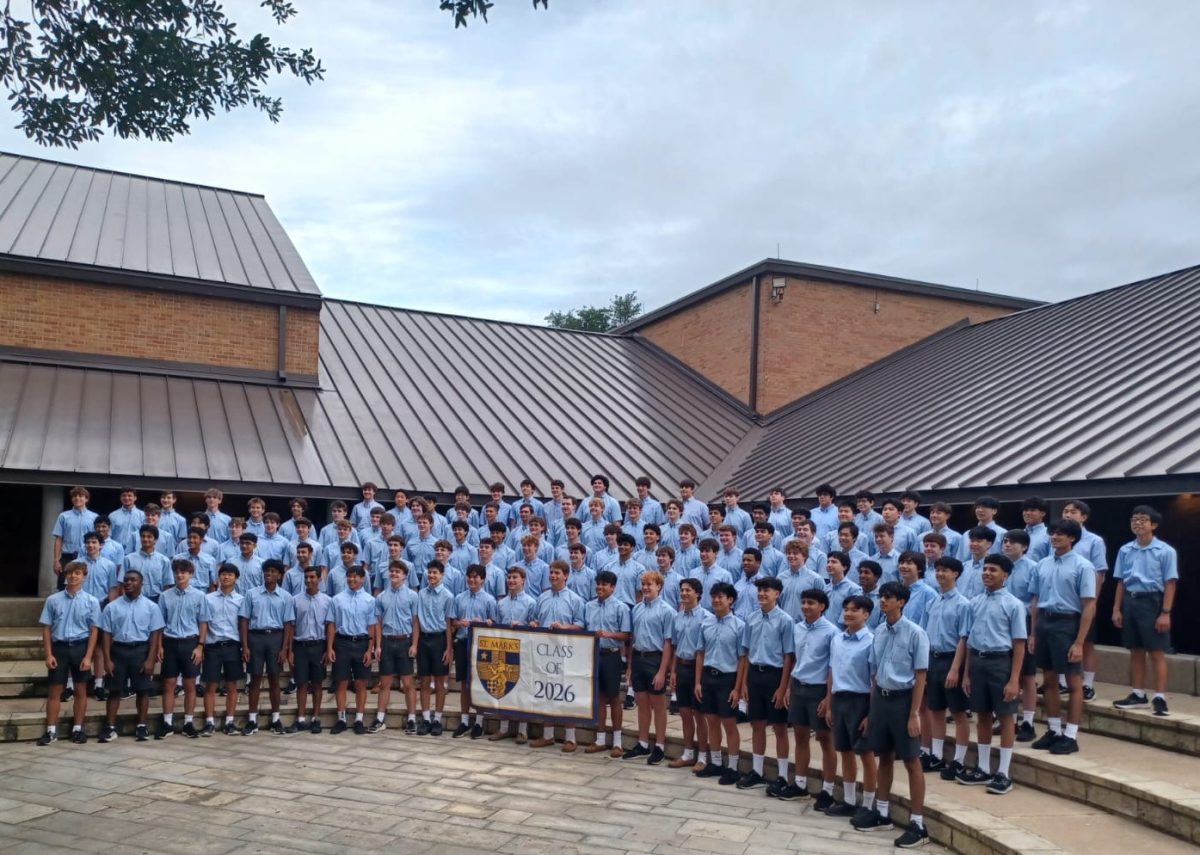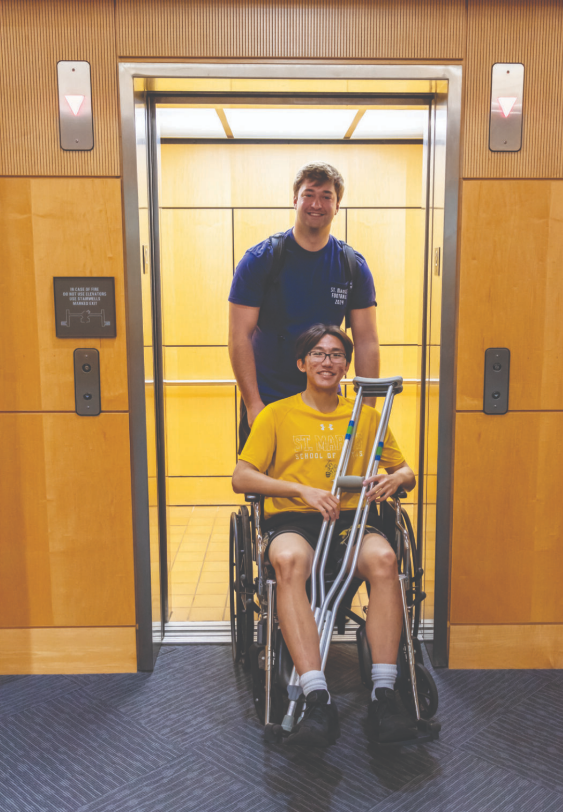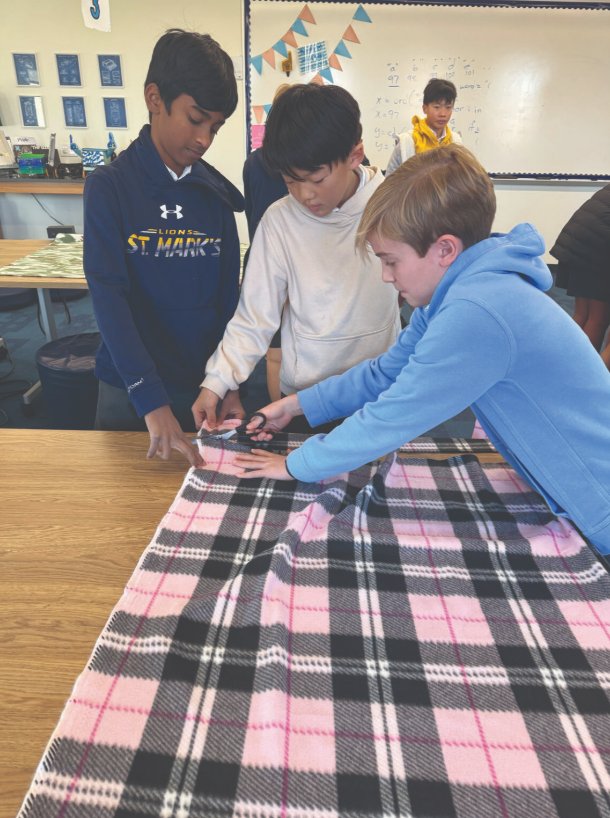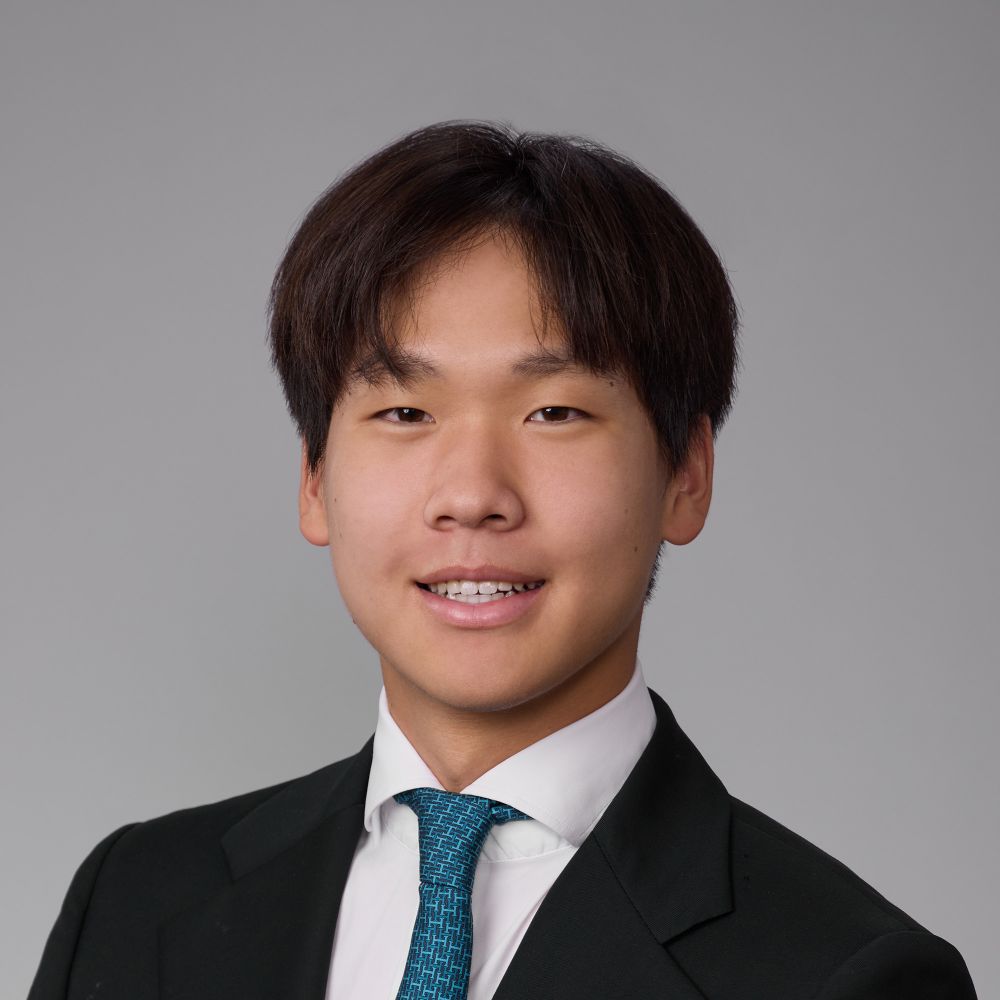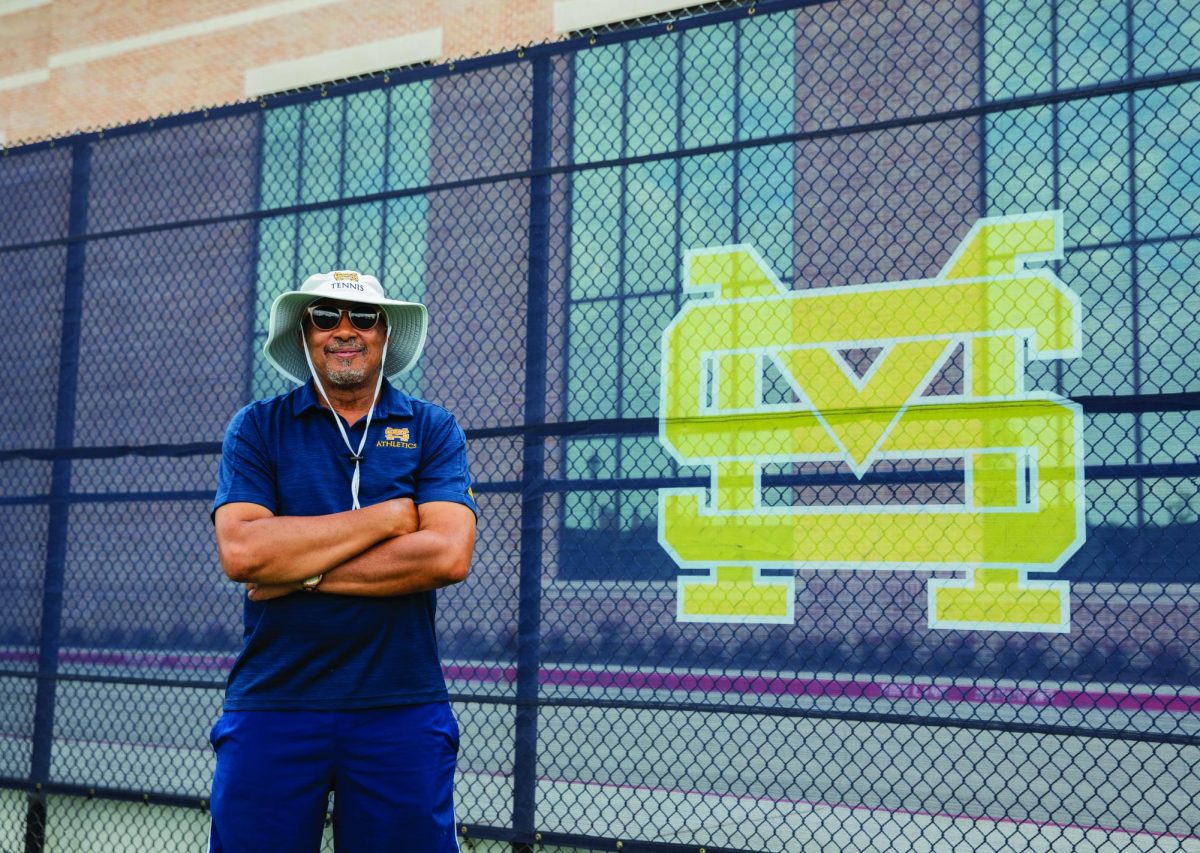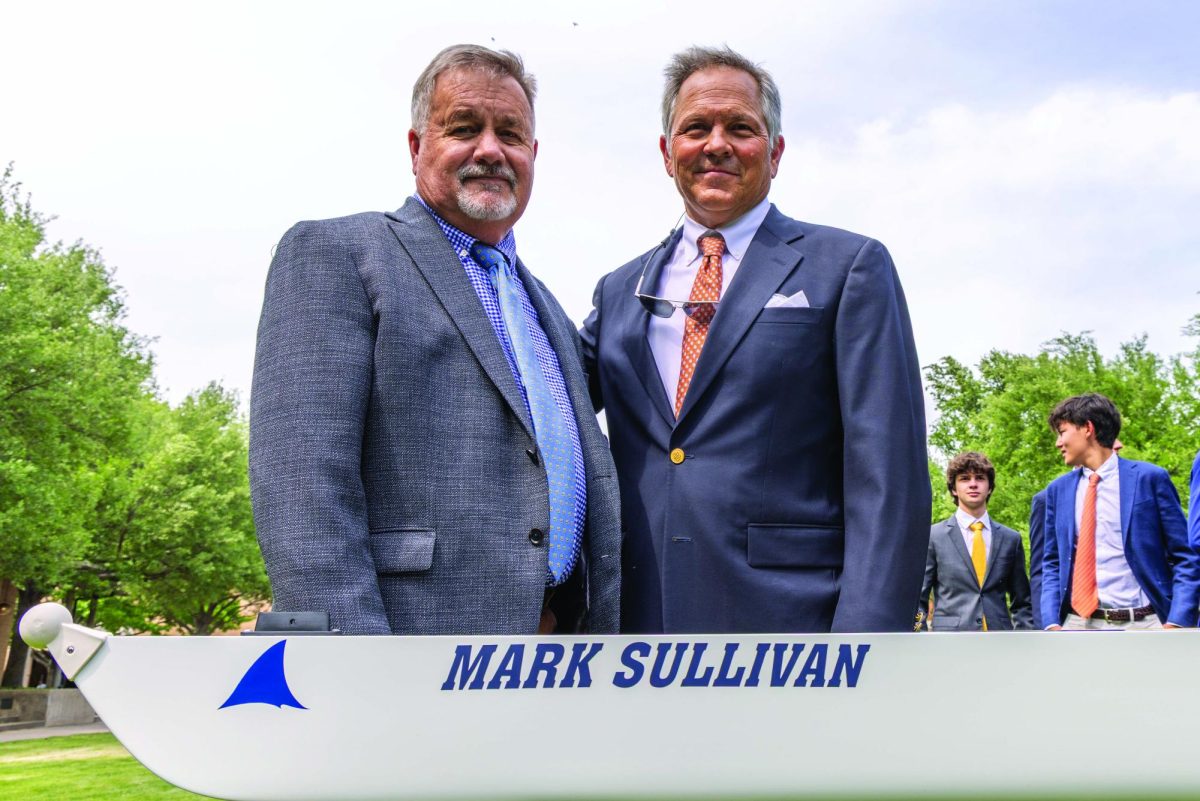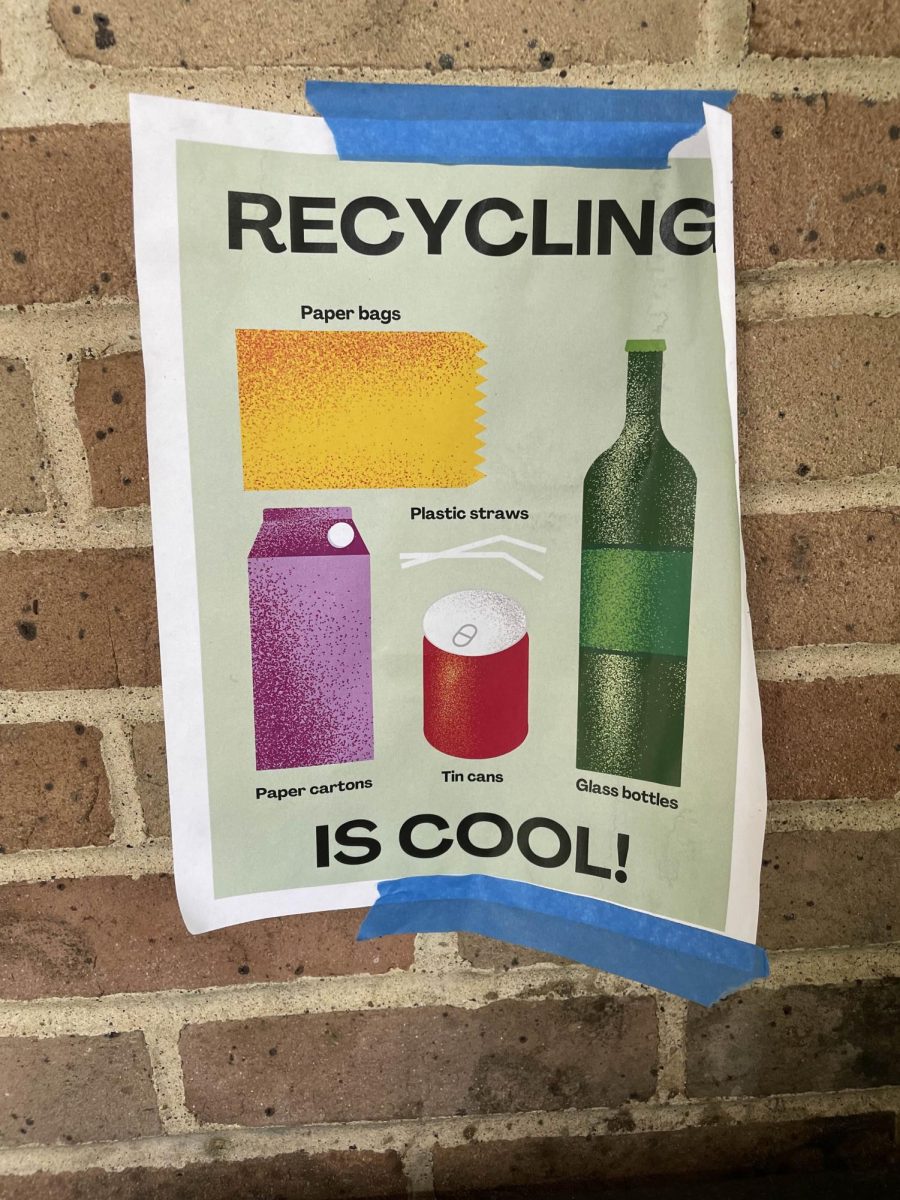Matters of the heart

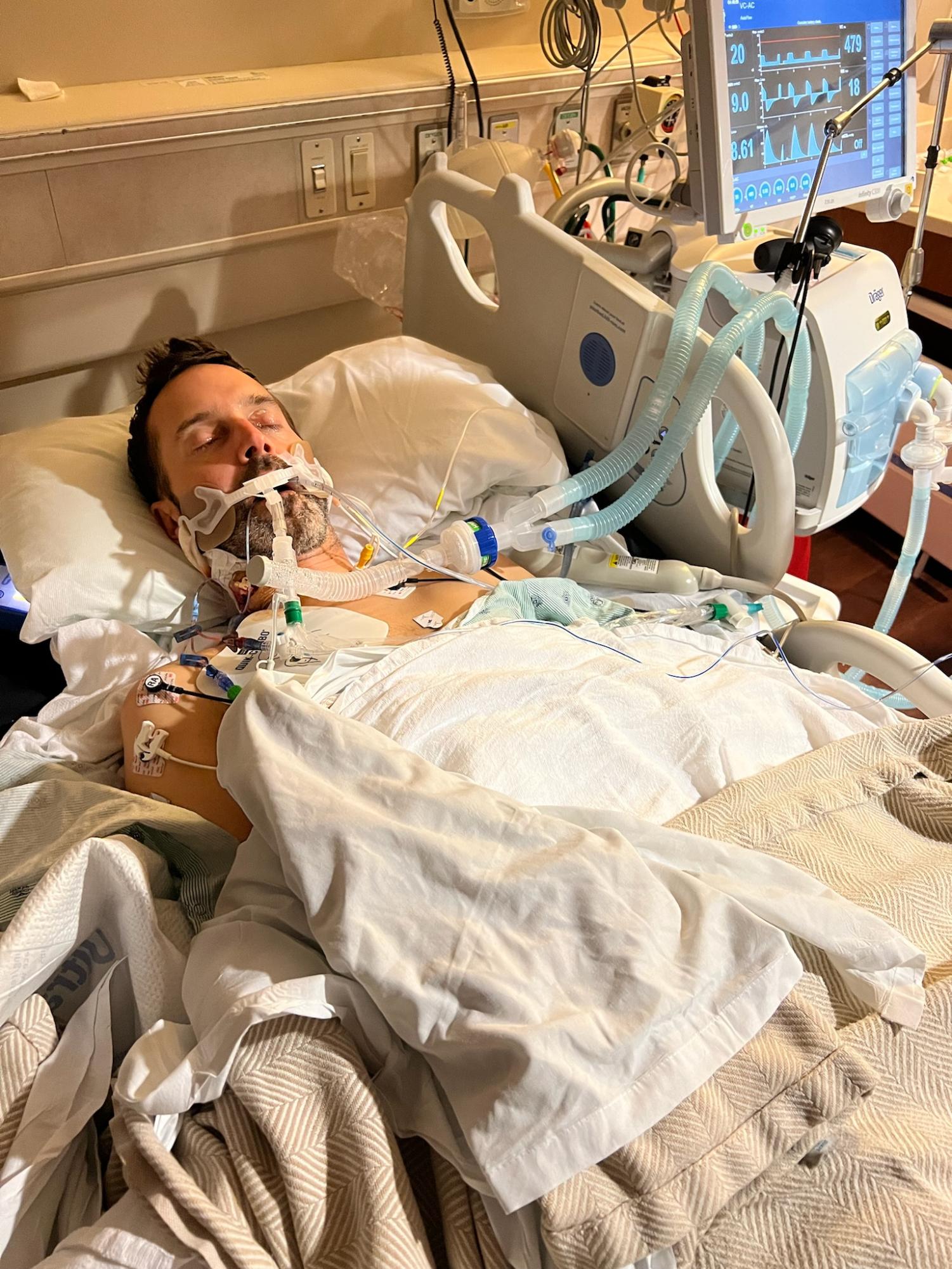
If I don’t make it through this, I just want you to know that I’m proud to be your son.
He never expected to be asking the nurses for just five more minutes — five more minutes to talk to his father. Five more minutes to say goodbye.
And well past midnight, the lights cut off and the soft under glow from the hospital bed faintly illuminated the faces of those willing to spend hours sitting in sonorous silence with a man telling death to wait.
He never expected to be telling his family what to do with his remains. He never expected to be telling them how to move on, what charities to donate to and what to raise awareness for, with the pulsating beep of a heart rate monitor in the background.
Because when Jason Lange was a kid, he played hockey and lacrosse.
Carefree.
He loved the outdoors and chased everything the world had to offer.
Carefree.
Like Marksmen everywhere, Lange was active and living his best life — he’d traveled the world and seen it from its tallest peaks. In fact, just a few weeks before he found himself in an intensive care unit (ICU) at Baylor Scott & White Heart and Vascular Hospital, Lange was hiking in Yosemite National Park with a friend from California — a trip sanctioned by his doctor.
But even so, with no shortness of breath, weakness or dizziness and seemingly no issues or signs for four decades to boot, Lange had a genetic condition of heart failure. He was gambling with his life.
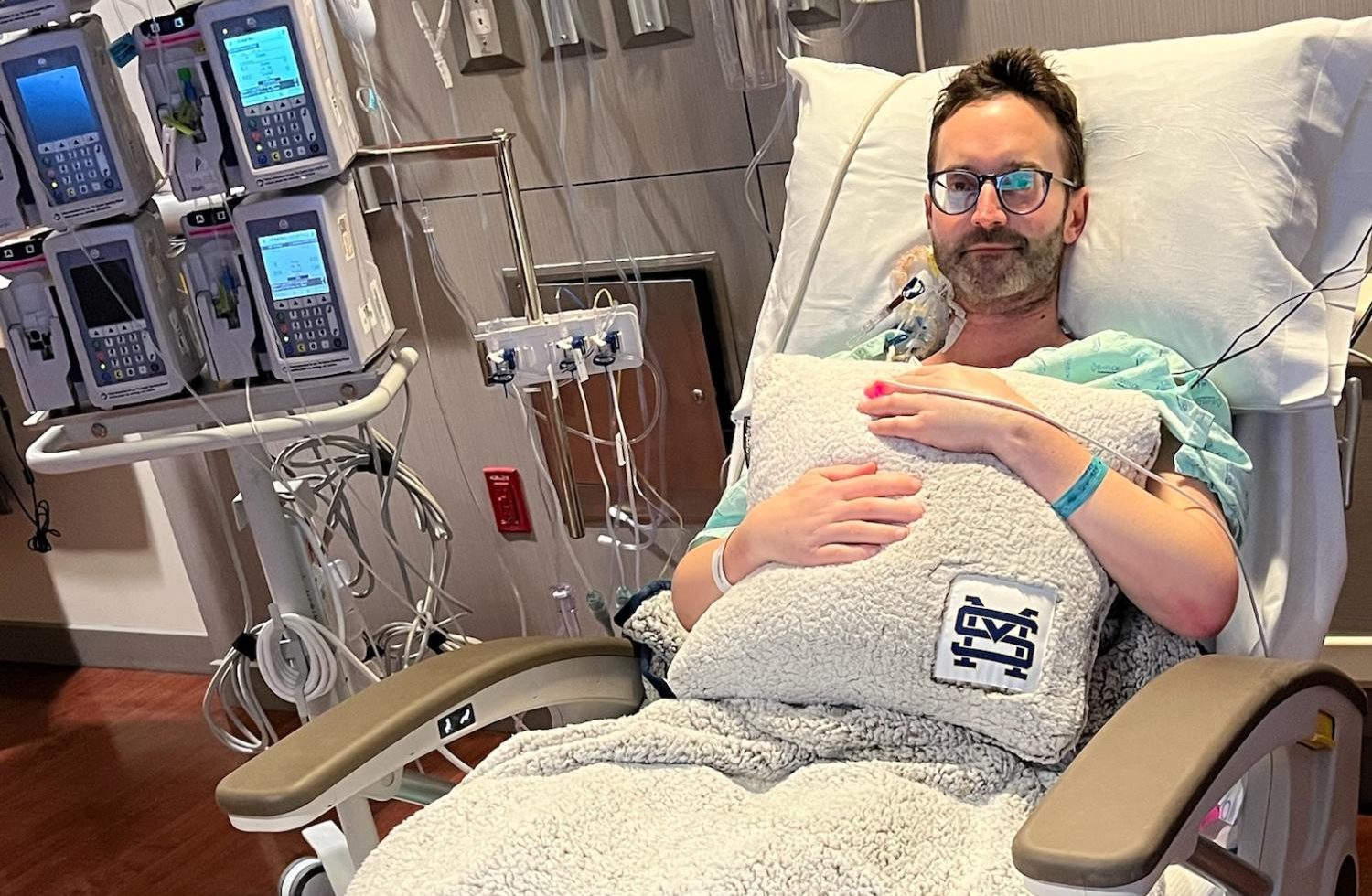
Ten years ago, when Lange first moved to Dallas, his new doctor discovered an irregular heartbeat through an Electrocardiogram (EKG), as part of a routine physical. That irregular heartbeat meant Lange had a condition called Atrial fibrillation (AFib); Lange’s condition was heart failure, and it manifested itself in the form of AFib, and later ventricular tachycardia (v-tach). He didn’t realize it at the time, but his life had changed forever.
“For the first few years, my doctors managed (my condition) with medication, but in 2020, I had an implantable cardioverter-defibrillator (ICD) installed in my chest,” Lange said. “It’s a lot like a pacemaker — it would monitor my heart because, as it got weaker, it would be prone to [irregular heartbeats], I would go into v-tach, and my heart would stop.”
Like many patients that suffer with heart failure, Lange’s heart failure was a result of genetic conditions. Unlike heart weaknesses that are individually congenital or result from bodily deterioration and exhaustion, hereditary heart weakness is intertwined in the DNA that also attacks other parts of the body like the liver and kidney.
Regardless of the reason for the condition, all of them are susceptible to cardiac arrest or irregular heart palpitation resulting in the halt of all bodily function. That’s where the defibrillator comes in.
“The defibrillator that Mr. Lange had installed was necessary to help combat his heart weakness,” said Dr. Dan Meyer, the chair of Baylor Scott & White Health’s Department of Cardiovascular Surgery. “What happens is sometimes the heart is beating so fast and isn’t able to create enough blood pressure to supply the rest of the body. When that happens, he’s not dead, but he can’t really do anything. The defibrillator sends a charge to the heart in a way that restores a normal heartbeat which will allow functions to resume.”
That ICD saved his life more than once.
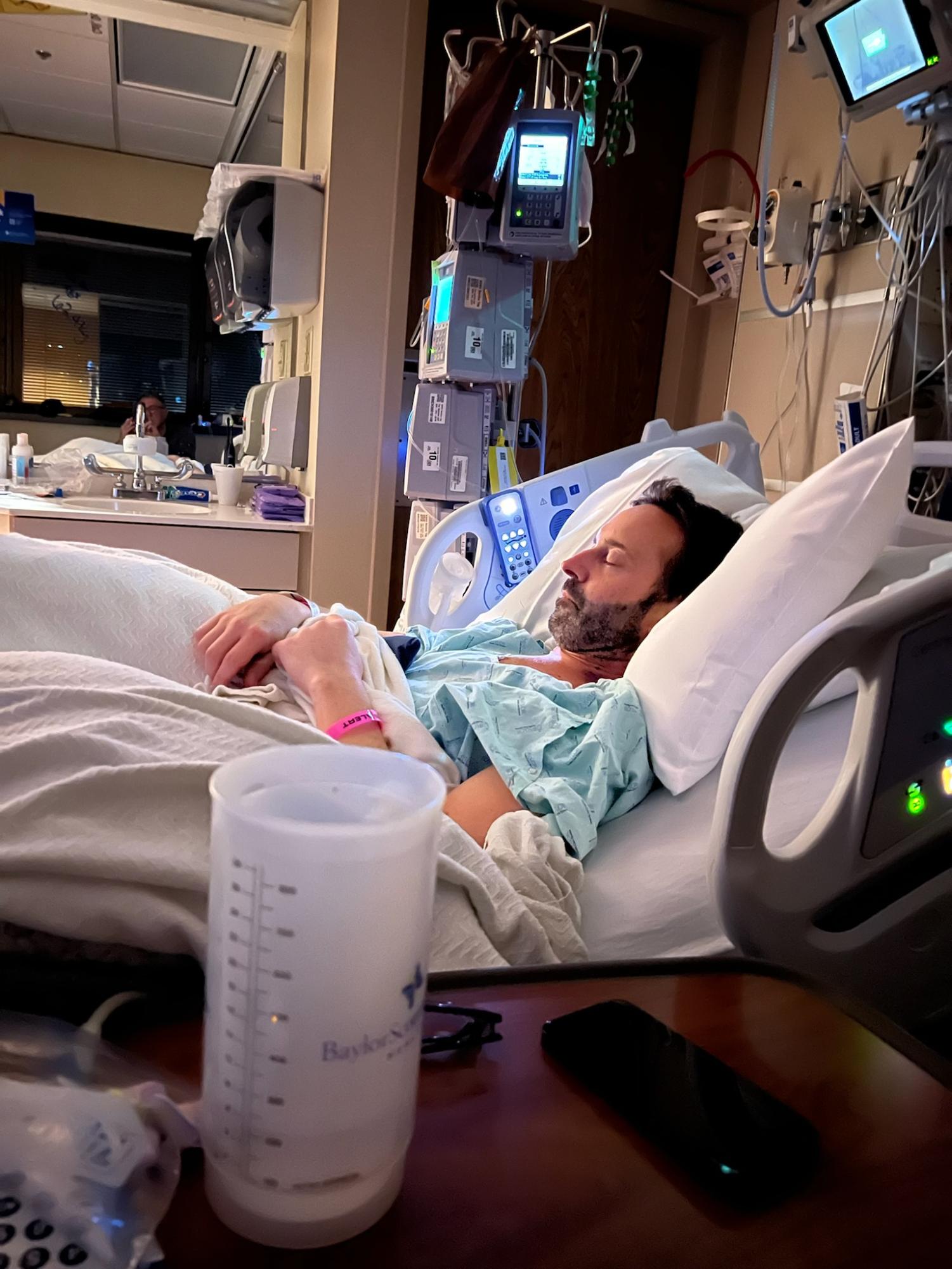
Lange woke up on a Saturday morning and immediately glanced at his Apple Watch. He saw that he had Saturday detention scheduled for that morning, but he felt off. And his watch’s heart rate monitor confirmed it.
Less than a month since his ICD had shocked him for the first time ever, Lange was struggling to leave behind an unshakeable sense of dread and paranoia physically and metaphorically instilled in his heart.
“I had never really given my heartbeat a second thought until I was shocked in September,” Lange said. “It was on my mind literally every 30 seconds. I would think, ‘Is my heart out of order?’ I would go about my daily business hyper aware of my condition.”
After that first incident on Sept. 10, Lange couldn’t so much as sleep without the fear of getting shocked again. He was living a real-life nightmare.
So he called Head of Middle School Dean Clayman and asked if he could take the morning off.
“I was literally elbow deep in sourdough when Mr. Lange called me,” Clayman said. “I was in my kitchen preparing for the faculty baking club, but I knew (Lange) had been facing challenges, so I brought my sourdough to Saturday detention and finished baking (at school).”
With his morning cleared and now able to focus on monitoring his heart, Lange walked the short distance to his close friend and neighbor, Director of Communications Ray Westbrook’s, house with ungraded sixth grade DBQ essays in hand. And a hospital to-go pack. Just in case.
At 3 p.m., he started to feel lightheaded. Suddenly, the world faded away.
“I heard this faint, ‘Ray…,’” Westbrook said. “I went into the dining area and saw him reared back and eyes closed. It happened so quickly. I thought he died.”
Almost as quickly as he had gone, Lange was back, his ICD responsible for saving his life. Only this time, instead of once, it had shocked him twelve times.
“His head reared forward and his eyes opened,” Westbrook said. “He turned and saw me and said, ‘what are you doing here?’ He didn’t even remember calling me. That’s when I said, ‘we’re going to the hospital.’”
Once they arrived at Baylor Scott & White, the hospital Lange had previously checked into in September, all it took were a few words to send the staff into a calculated frenzy.
I’m having a cardiac emergency. I need to be admitted to the emergency room.
“A lot of people go to the emergency room and have to wait hours,” Lange said. “I did not wait more than 30 seconds. They do not mess around when it comes to cardiac.”
After Lange was stabilized, Westbrook began talking with the emergency room physician, soon realizing that he was an alum, William Morris ’12, which Westbrook believes was a testament to the outreach of the St. Mark’s community.
But as Lange’s heart continued to deteriorate, that moment of school connection was also a great bit of foreshadowing.
Mr. Lange, we found you a heart. Surgery begins in two hours.
A mere five days after being placed on the heart transplant list, a process that usually takes weeks, at exactly 8:43 a.m., Lange seemed to have an answer — an answer to a question he had been wrestling with for days: Am I going to die?
“One of my biggest fears in life is dying in a hospital as a sick person,” Lange said. “And there I was, in a hospital as a sick person. I never thought I’d be 44 years of age dying of heart failure.”
But before the doctors found Lange a matching heart, he had been connected to an external heart pump, otherwise known as balloon pump, which was surgically implanted into his leg.
“That machine was keeping me alive,” Lange said. “It was doing the job my heart couldn’t.”
So after days of feeling cheated by genetics, after feeling the anger and fear that a man who, just nine weeks before, was hiking mountains but is now confined to a bed, relying on a machine to circulate his lifeblood naturally feels, the light finally appeared at the end of the tunnel.
Once the arduous, physically-taxing transplant surgery had been completed, Lange continued to receive loads of love and support from the St. Mark’s community. And although he knew that colleagues, parents, students and friends had been supporting him every step of the way, he was not aware that the power of 10600 was with him in the operating room.
Dr. Dan Meyer, the cardiovascular and thoracic surgeon that serves as the chief of Baylor Scott & White’s Cardiac Transplantation Unit, was in charge of Lange’s transplant and recovery. After working with him for more than a month, he finally unearthed a special connection between the two.
“Well after the transplant and immediate recovery, I was walking into Mr. Lange’s room to check on him as I did almost every day,” Meyer said. “I glanced at him and saw an ‘SM’ on the corner of his blanket. I knew what that logo meant and asked, ‘Did you go to St. Mark’s?’ He said, ‘No, I teach there.’ Then, it clicked.”
Meyer had not connected the dots that the man whose heart he had transplanted, whose life he had saved was a former teacher and advisor of his son Ben Meyer ’21.
“As soon as I put the pieces together, I called my son,” Meyer said. “The more we talked and the more I remembered, I had seen him before. I recalled our parent-teacher conferences with Ben and seeing Mr. Lange on campus on multiple occasions.”
By pure coincidence, the man who helped Lange get a new heart was someone he’d met almost a decade ago — the father of his former student and advisee. That realization gave Lange strength and reminded him of the power of the school’s community.
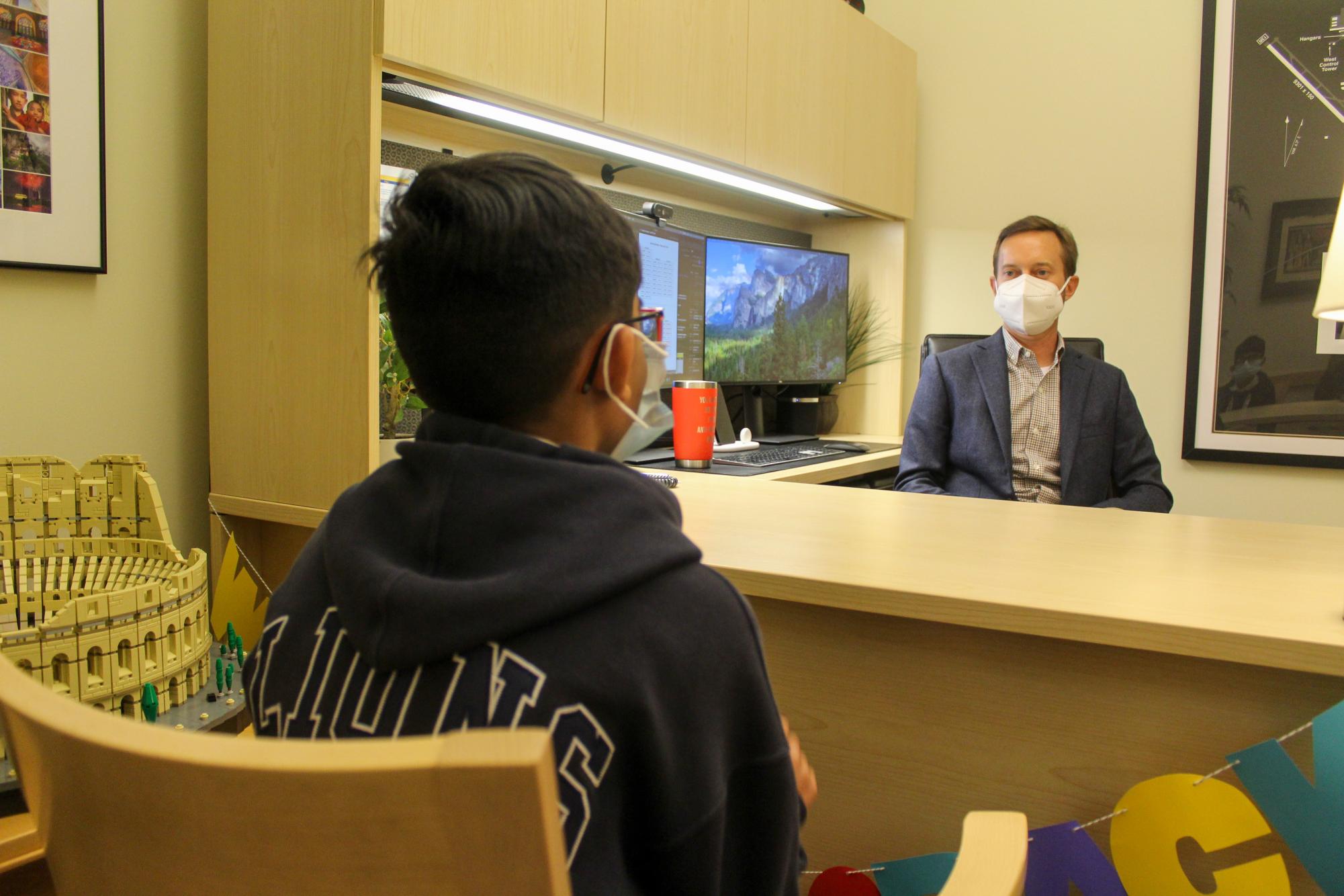
On the Monday after Easter, Lange made his return to campus for the first time in nearly five months. He wears a mask to protect himself because, as his new heart adjusts to his body, his immune system is highly compromised.
Following the surgery, Lange’s journey is still far from over. With the heart transplant behind him, Lange is now anticipating a kidney transplant.
“I had a mild form of chronic kidney disease before I had the heart transplant,” Lange said. “It was masked by the heart problems I had and was relatively mild, but the heart surgery has exacerbated the problems to the point where they’ve gone into failure. They’re still doing enough, and I am not on dialysis, but the medications I take to protect my heart poison my kidneys.”
The necessary medications are plentiful. Every day, Lange now takes 20 pills — even one single missed dose could spell disaster, so he keeps supply everywhere he goes.
Despite this, Lange maintains a grateful and positive outlook on his life. Now, instead of struggling to fall asleep for fear of being shocked, he can rest easy knowing his heart rate is…normal. Lange is also grateful for both the support of his family and friends and the flexibility of the administration during his time of need, headed by Headmaster David Dini, who invited Dr. Meyer to speak at December’s Lessons and Carols as tribute to his actions.
However, Lange still has one final question to wrestle with.
How does one honor their heart donor?
For a while after surgery, Lange had been grappling with the idea that he had someone else’s heart, according to Westbrook.
“I might never be able to reconcile the fact that someone else had to die for me to live,” Lange said. “Every morning, I wake up, and I know I have someone else’s heart. I know it, but now I don’t feel it. I don’t feel like I have someone else’s heart.”
One year after his transplant, Lange has the opportunity to write a letter to the family of his heart donor. In the month following his surgery, he was unsure if whether he would, but now, things have changed.
“I think I will write that letter,” Lange said. “I want (the heart donor’s family) to know your loved one’s heart is allowing me to go on and do the things that I love — that I will do my best to take care of it, to live a good life and to help influence others positively. And that I’m only able to do that because your loved one made the ultimate sacrifice.”

